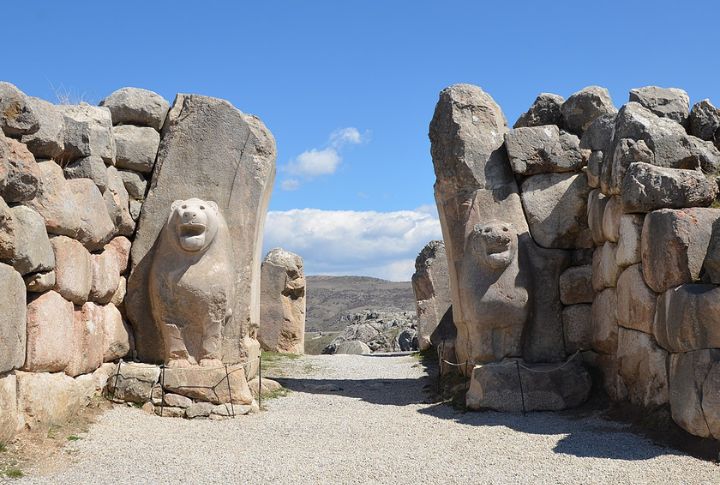
Some cities didn’t just decline—they disappeared, leaving archaeologists puzzling over ruins and records that don’t tell the full story. These places held power, people, and purpose, but their endings still defy simple explanations.
Roanoke
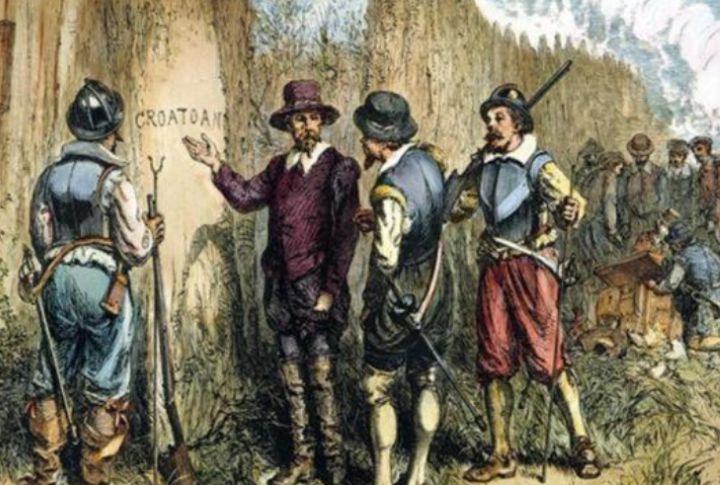
By the time Governor John White returned in 1590, the English colony had vanished without a trace—except for the word “Croatoan” etched into wood. Recent finds at Site X hint at relocation, but whether the settlers integrated, perished, or split remains one of early America’s greatest historical riddles.
L’Anse aux Meadows
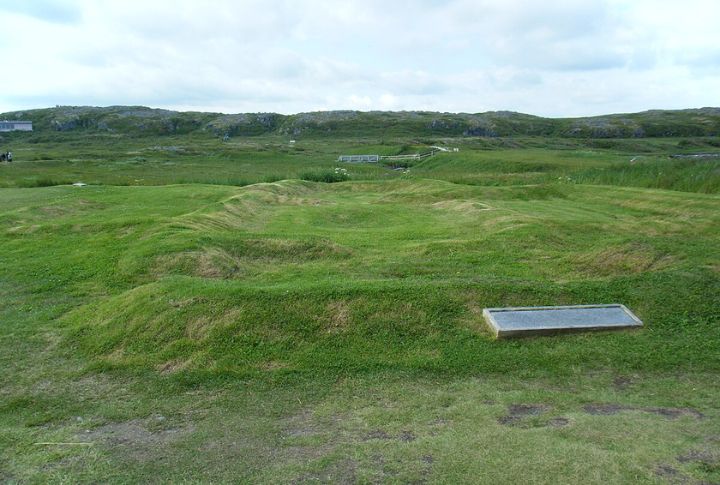
Norse explorers reached Newfoundland nearly 500 years before Columbus, yet their presence at L’Anse aux Meadows was brief. Excavations prove they lived there, but how far they traveled or why they left North America behind still fuels academic debate.
Cahokia
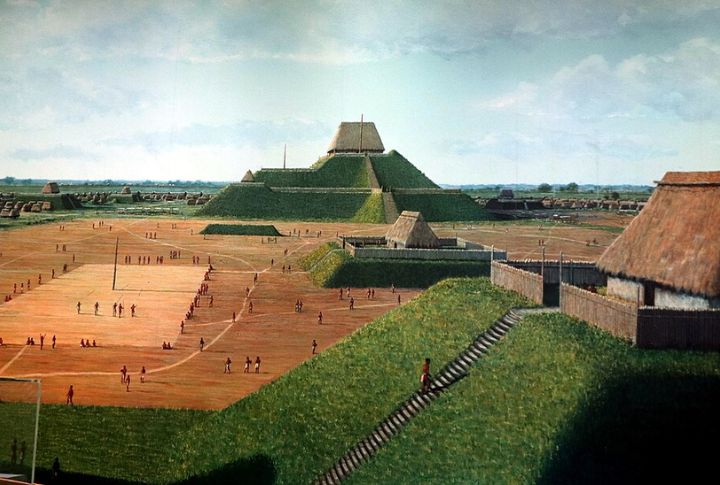
This vast settlement near present-day St. Louis once boasted massive earthen mounds and an estimated population of 20,000. By the 14th century, it emptied out. No written record explains why, though deforestation, drought, and social shifts are considered likely culprits.
Teotihuacan
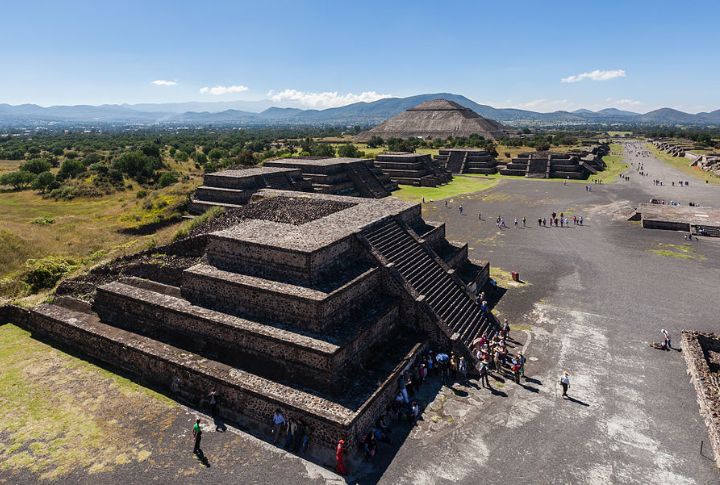
Towering pyramids and a meticulous grid layout mark Teotihuacan as a major ancient city. Yet the people who built it remain unidentified, and its fall—possibly linked to revolt or environmental collapse—occurred centuries before the Aztecs discovered its ruins.
Great Zimbabwe

Known for its sprawling stone enclosures, Great Zimbabwe thrived on trade and gold. The 15th-century abandonment coincided with shifting routes and ecological strain. While some details are documented, the full story behind its decline is still pieced together from fragments.
Derinkuyu Underground City

Hidden beneath Cappadocia’s surface, this Byzantine-era labyrinth could shelter thousands from invasion. Its origins are debated, with some sections predating Christianity. Why it was expanded, occupied, and ultimately sealed off remains a puzzle still carved into the soft volcanic rock.
Nan Madol
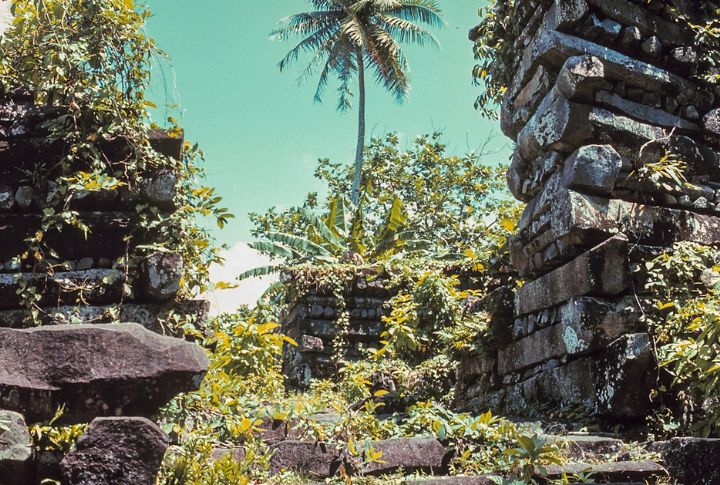
Constructed on basalt foundations across tidal flats, Nan Madol was once a royal and spiritual capital. Its decline after the fall of the Saudeleur dynasty is unclear. Neither local oral histories nor modern archaeology have fully decoded how such a site functioned—or failed.
Hattusa

This capital of the Hittite Empire boasted temples, palaces, and archives—then vanished around 1200 BC. The broader Bronze Age collapse swallowed it, but whether invasions, famine, or internal unrest tipped the balance remains uncertain even after decades of excavation.
Bhangarh
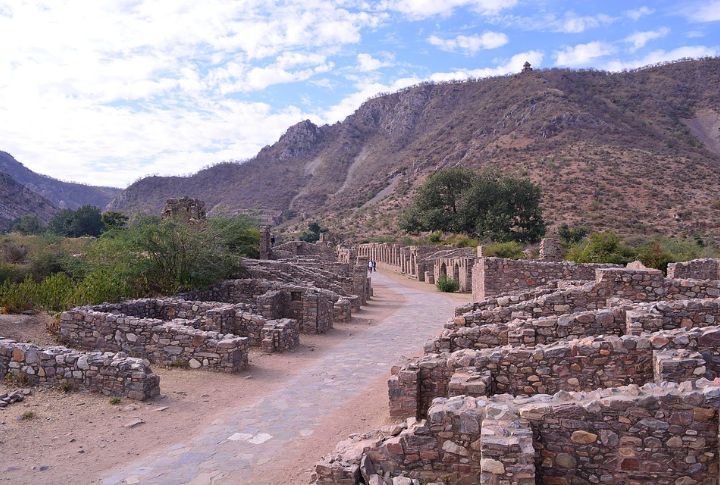
While often sensationalized in ghost stories, the real mystery of Bhangarh lies in its swift desertion following a famine in the late 18th century. Archaeologists point to drought and economic isolation, though the ruins still draw curiosity for their sudden stillness.
Kuldhara
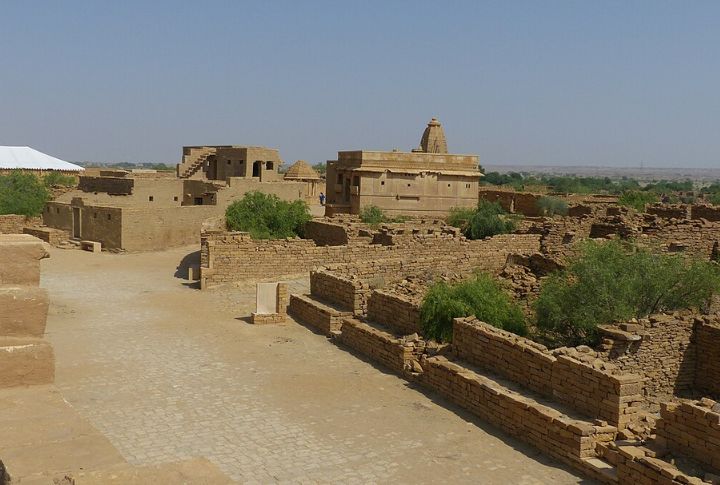
Abandoned overnight in the early 1800s, this Rajasthani village left behind tidy lanes and stone homes, but no definitive reason for the mass departure. Stories mention taxes, drought, or social pressure—none fully documented. The silence around its end keeps speculation alive.
Gedi
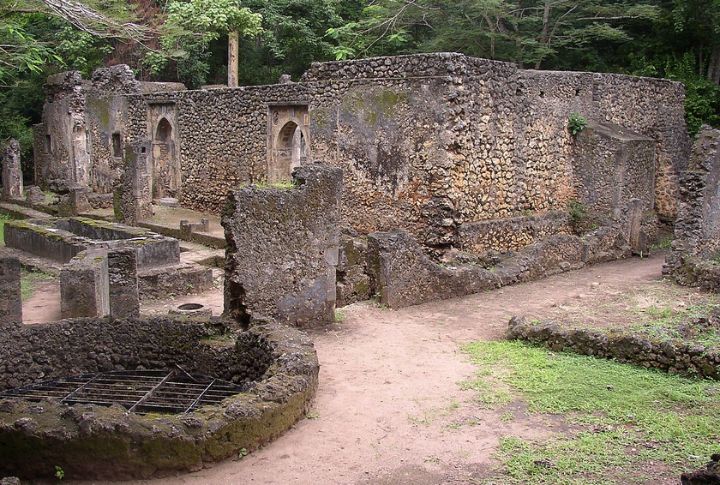
Along Kenya’s coast, Gedi prospered with coral-brick mosques and bustling trade routes. Then it emptied out sometime in the 1600s. Invasion, plague, or commerce shifts may have driven people away, but no conclusive evidence confirms which force ended the city’s run.
Ciudad Perdida
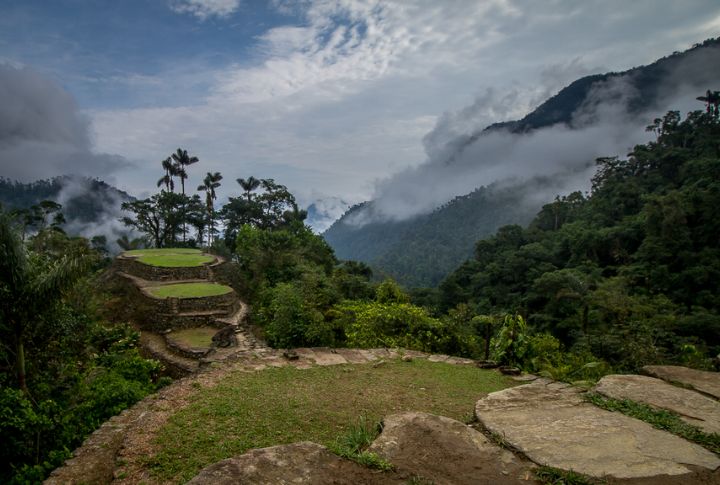
This mountaintop city predates Machu Picchu and was built by the Tayrona. Spanish conquest and disease likely forced its abandonment, but no written records from the Tayrona survive to confirm what happened. Rediscovered in the 1970s, it still guards parts of its story.
Panam City (Panam Nagar)
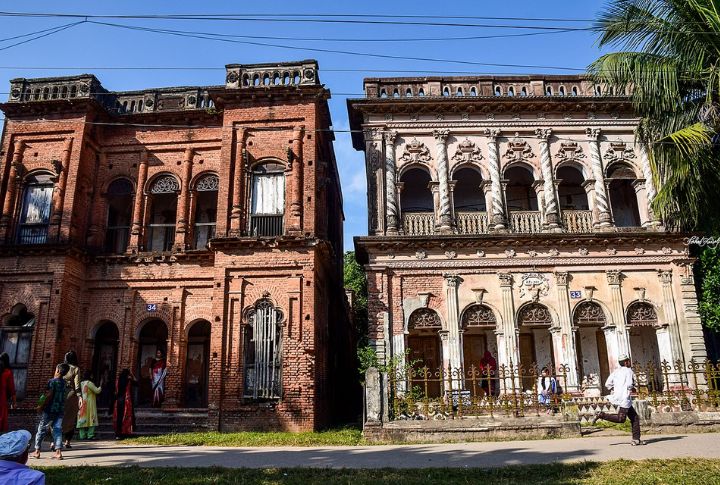
Once a vibrant merchant hub in Bengal, Panam flourished for centuries before crumbling under the weight of riverbank erosion and political shifts. British colonization and trade rerouting played roles, but gaps in the historical record keep its full decline ambiguous.
Akrotiri
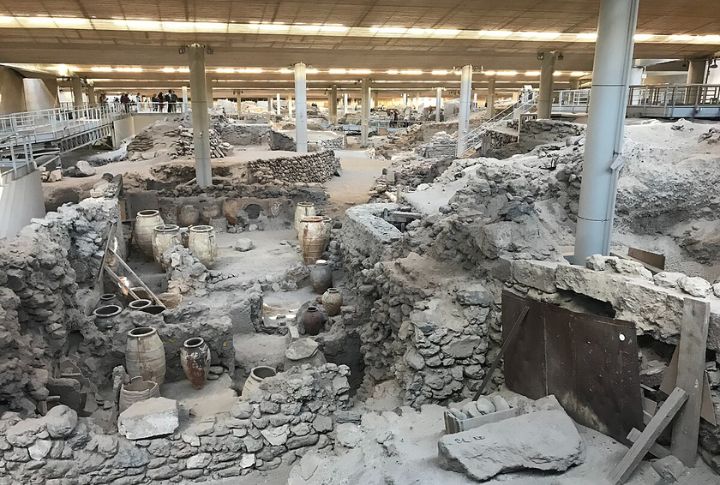
Preserved under volcanic ash, Akrotiri’s frescoes and buildings suggest a thriving Aegean culture wiped out in a flash. The 1600 BC eruption of Santorini is clear—but where the people went after fleeing remains unknown. Their story ends mid-sentence.
Tiwanaku
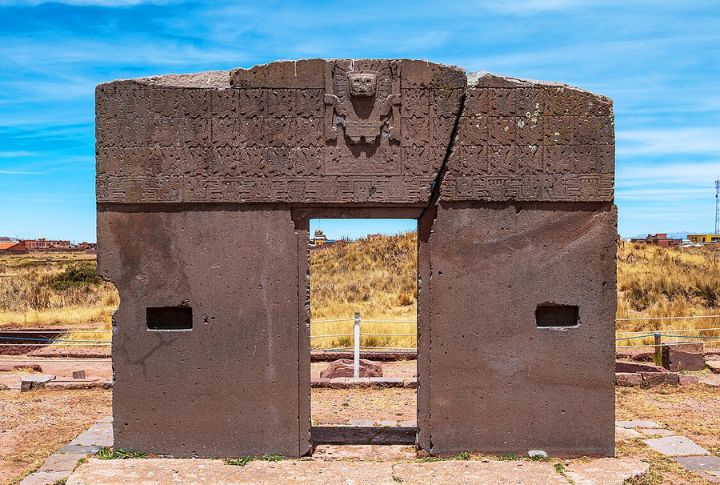
At its height near Lake Titicaca, Tiwanaku was a religious and administrative center. Then it faded. Evidence points to climate shifts and resource scarcity, but the lack of written language leaves archaeologists decoding its legacy from crumbling monoliths and canal systems.
Merv
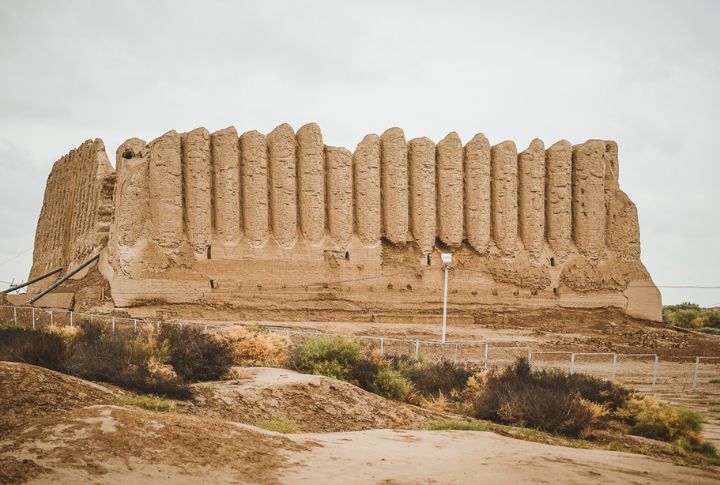
Strategically placed on the Silk Road, Merv reached extraordinary heights in population and infrastructure. It was sacked by the Mongols in the 13th century, and although a settlement lingered afterward, the city never recovered. Details of its final transformation remain elusive.
Pavlopetri
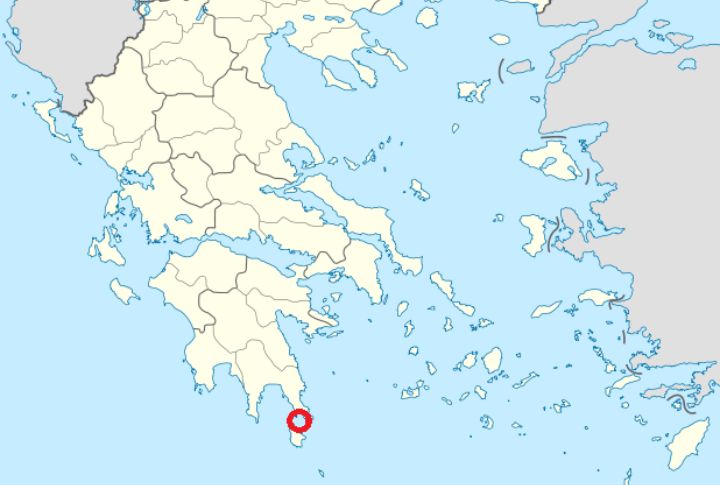
This sunken Bronze Age city lies just beneath shallow waters in Greece. Earthquakes and rising seas submerged it, preserving streets, homes, and tombs. What’s missing is a definitive timeline of its demise and how much was lost before it slipped below the surface.
Thonis-Heracleion
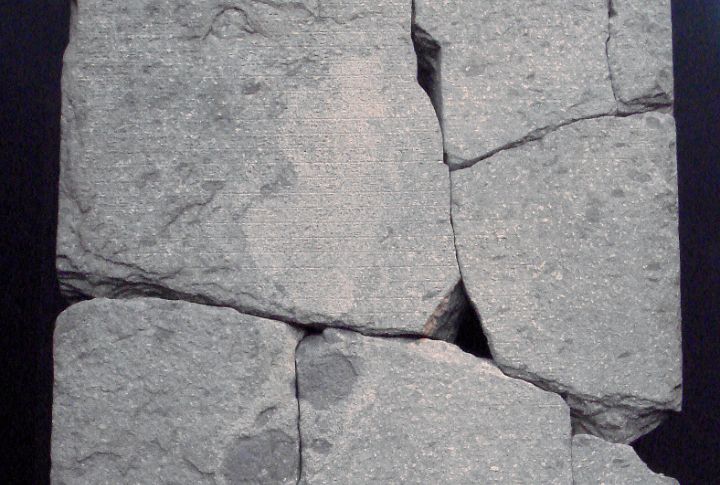
Once a major Egyptian port, this city vanished into the sea and memory for over a millennium. Its rediscovery in 2000 opened a trove of statues and artifacts, but the precise combination of disasters that caused it to sink still sparks debate.
Ani
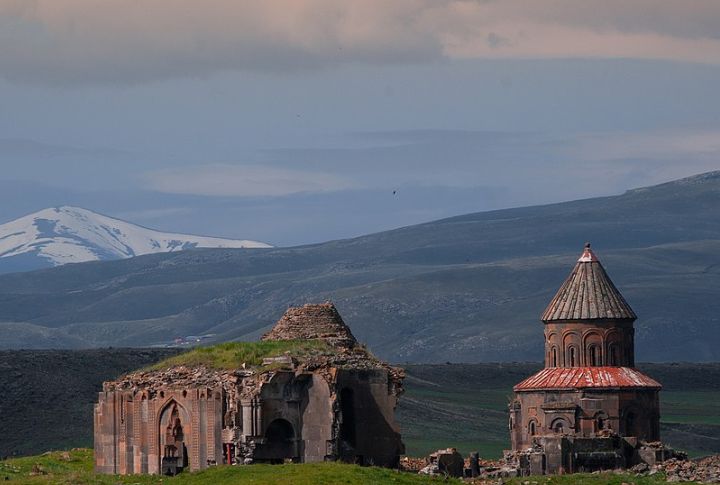
Nicknamed “the city of 1,001 churches,” Ani rivaled Constantinople in grandeur. Earthquakes, war, and changing trade routes each took a toll. The final blow is unclear, but by the 1700s, its streets were quiet and its cathedrals left to the wind.
Pripyat
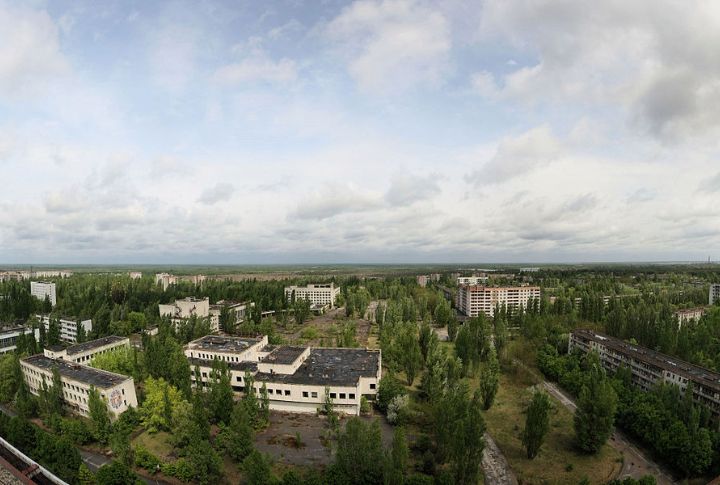
Modern and meticulously planned, Pripyat was evacuated almost overnight after the 1986 Chernobyl disaster. Radiation levels made return impossible. Though its end is documented, the long-term ecological impact and the fate of personal histories frozen inside the buildings remain unresolved.

